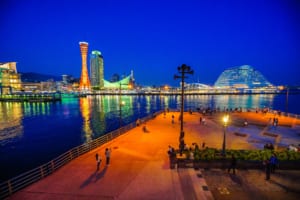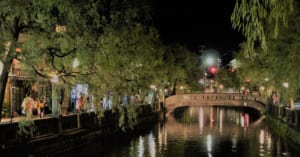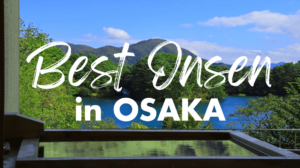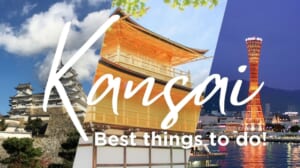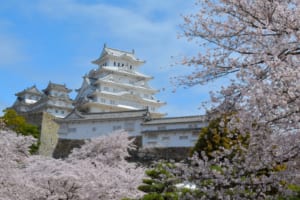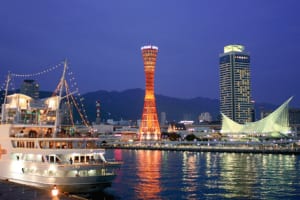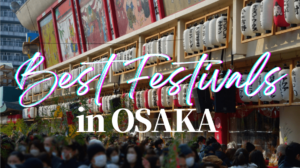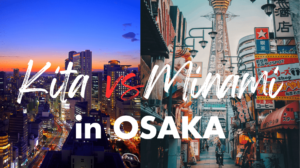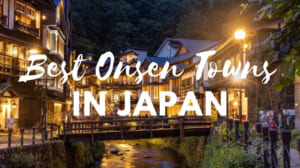10 Best Things to Do in Arima Onsen
Arima Onsen Uncovered: Top 10 Experiences in Japan's Historic Hot Spring Town
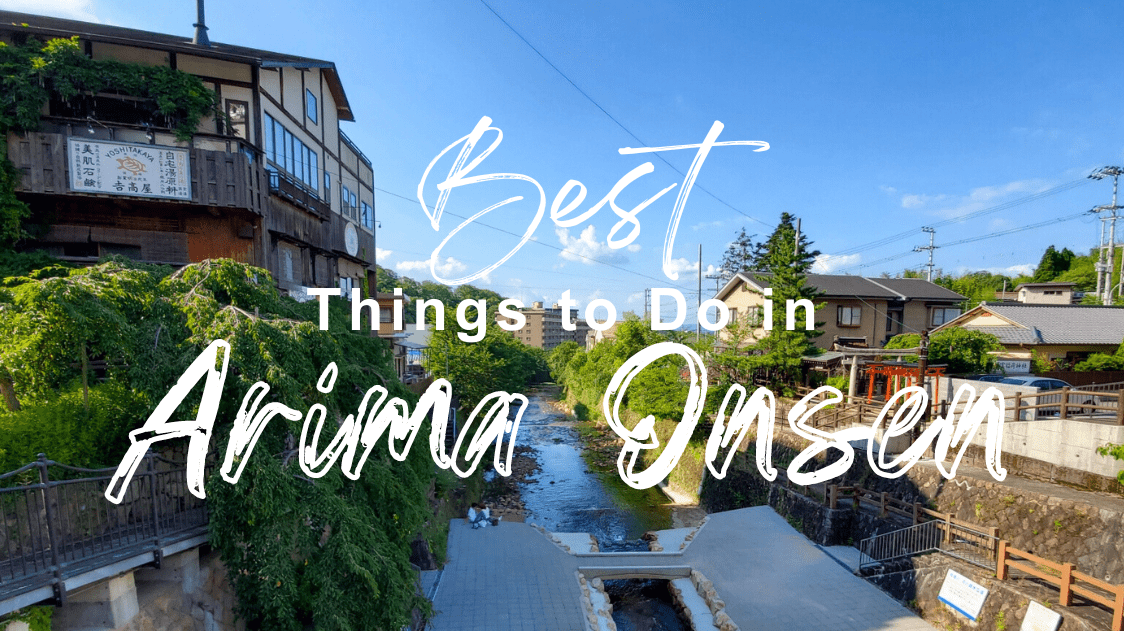
Arima Onsen, located in the northern foothills of Mount Rokko in Kobe City, Hyogo Prefecture, is a historic hot spring town famous for its therapeutic waters.
Close to Kobe’s urban area, it offers a serene retreat from city life, known as the “hidden retreat of Kansai.” With a rich history dating back to ancient Japan, mentioned in texts like the Nihon Shoki and The Pillow Book, it’s one of Japan’s three oldest hot springs.
In this article, I will introduce to you our picks for the 10 best things to do in Arima Onsen.
What is Arima Onsen?
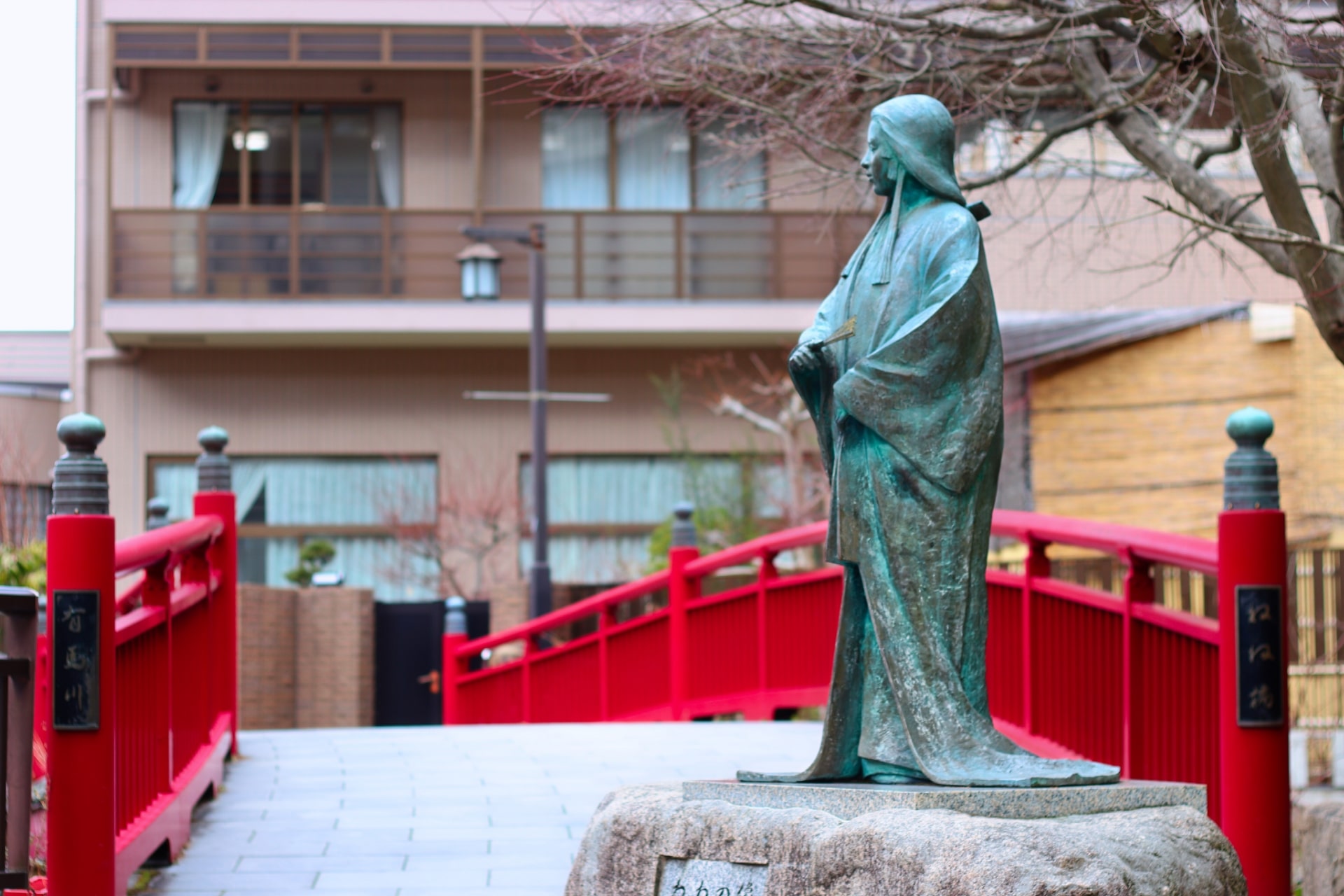
The town of Arima Onsen (有馬温泉) is renowned for its unique springs, especially the iron and salt-rich “Kinsen” (Gold Spring) and the skin-smoothing “Ginsen” (Silver Spring), available at public baths and various ryokans. Arima Onsen also features a hot spring theme park with diverse bathing experiences.
This charming town, a favorite of historical figures and literary icons, maintains its traditional ambiance. It holds a special connection to Toyotomi Hideyoshi (daimyo during the Sengoku period who achieved unifying Japan), who aided in its restoration and is remembered through various landmarks and stories in the area.
1. Kin no Yu hot spring
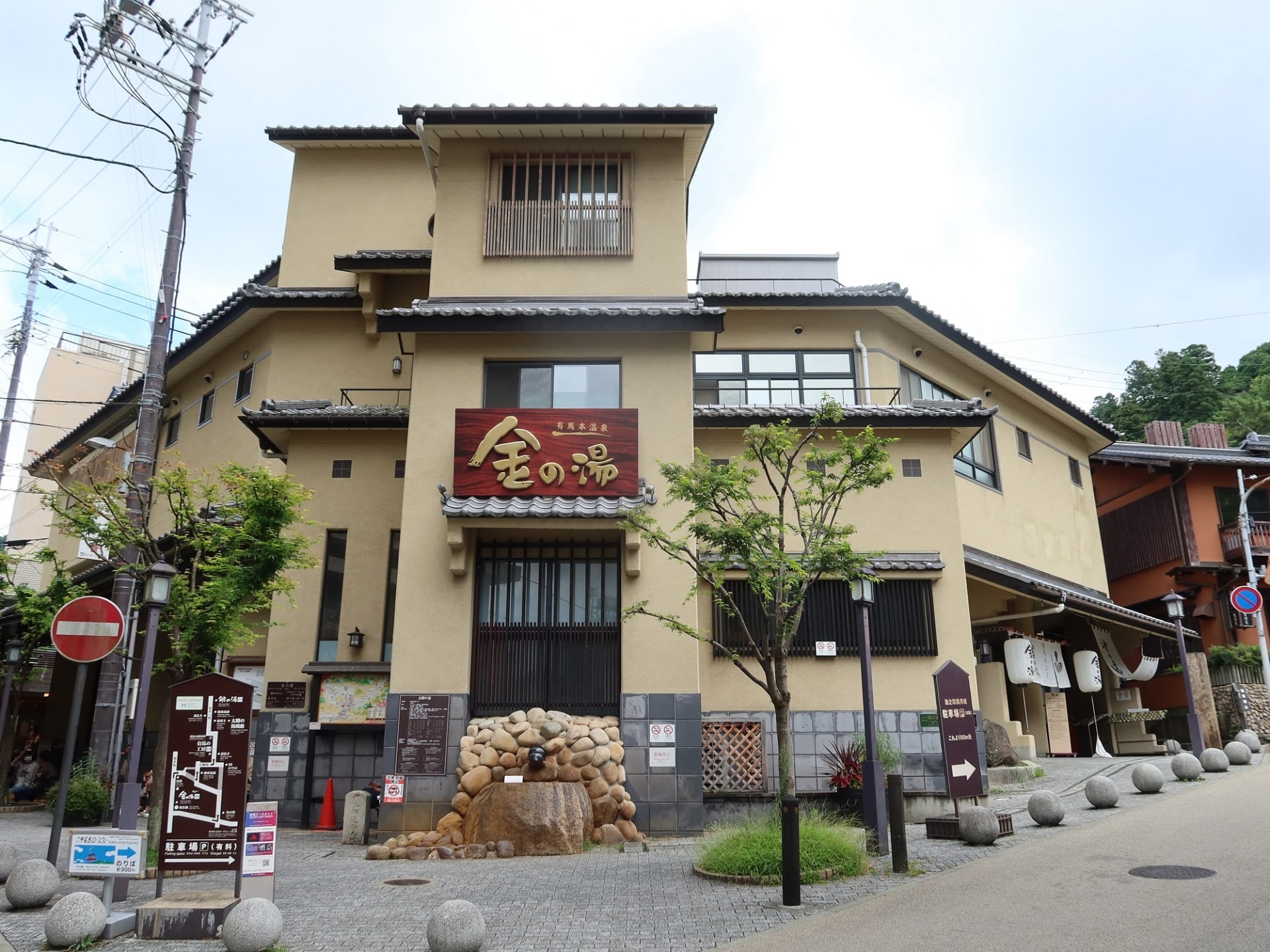 Kin no Yu hot spring (有馬温泉 金の湯) at Arima Onsen is a celebrated hot spring known for its historical significance as an ancient source of therapeutic waters.
Kin no Yu hot spring (有馬温泉 金の湯) at Arima Onsen is a celebrated hot spring known for its historical significance as an ancient source of therapeutic waters.
The spring water, characterized by its iron, sodium, chloride content, and high salinity, appears clear but turns a distinctive brown upon emerging, with a strong salty and slightly bitter taste. Known for its healing properties, Kinsen is effective against neuralgia, muscle and joint pains, stiff shoulders, paralysis, sprains, bruises, and chronic digestive diseases. It also aids in recovery from illness, and fatigue, and promotes overall health.
Besides the main bath, visitors can experience Kinsen through a free foot bath beside the building, offering a quick and convenient way to enjoy its benefits.
Information
 Access Access |
6 minute walk from Arimaonsen Station (Kobe Dentetsu-Arima Line) |
|---|---|
 Official Website Official Website |
https://arimaspa-kingin.jp/en-01.htm |
2. Gin no Yu hot spring
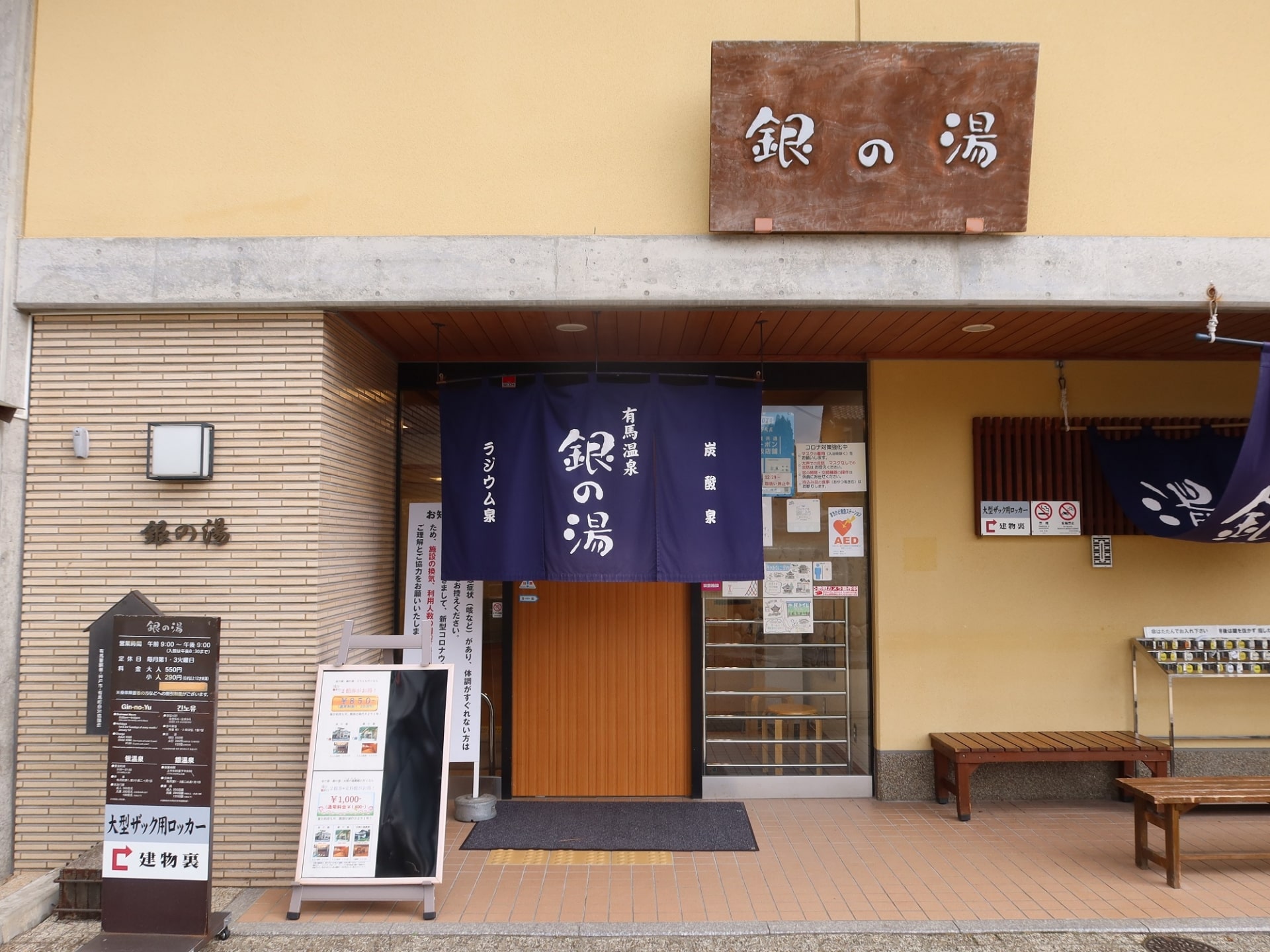 Gin no Yu hot spring (有馬温泉 銀の湯) in Arima Onsen offers a unique bathing experience with its famous “Ginsen” (Silver Spring), a colorless, transparent hot spring water, rich in carbon dioxide and radium.
Gin no Yu hot spring (有馬温泉 銀の湯) in Arima Onsen offers a unique bathing experience with its famous “Ginsen” (Silver Spring), a colorless, transparent hot spring water, rich in carbon dioxide and radium.
This hot spring is popular for its skin-smoothing effects and also features a steam sauna. Located in a neighborhood filled with temples and shrines, Gin no Yu’s traditional Japanese ambiance complements its tranquil setting.
The spring’s water quality, classified as a carbon dioxide spring and a simple radon spring, is known for its therapeutic effects. It helps alleviate neuralgia, muscle and joint pains, stiff shoulders, paralysis, sprains, bruises, chronic digestive diseases, hemorrhoids, and cold sensitivity. It is said to also be beneficial for post-illness recovery, fatigue relief, and overall health promotion.
Information
 Access Access |
11 minute walk from Arimaonsen Station (Kobe Dentetsu-Arima Line) |
|---|---|
 Official Website Official Website |
https://arimaspa-kingin.jp/en-02.htm |
3. Taikou no Yu
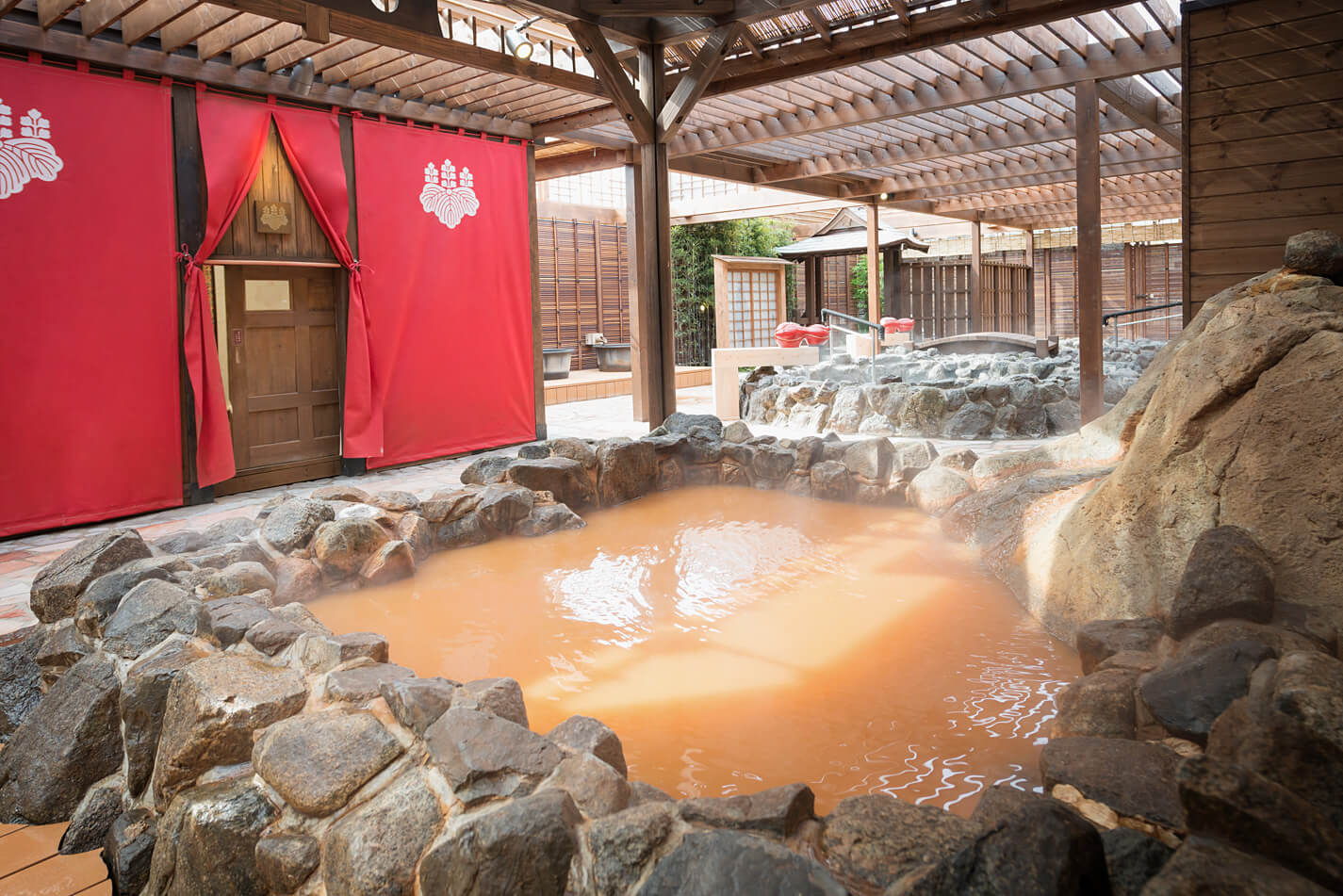
Taikou no Yu (太閤の湯) is a vast day spa facility spanning 7,000 square meters, renowned as Arima’s largest. It was recently renewed on April 1, 2019.
This luxurious spa pays homage to the famed warlord Toyotomi Hideyoshi, with recreated steam and rock baths he once favored. Visitors can enjoy a diverse range of 26 different baths for both men and women, including bedrock baths, offering an immersive experience of Japan’s three famous hot springs.
The facility also includes a restaurant and food court for gourmet dining post-bath, along with a variety of relaxation services like body care and exfoliation treatments.
Information
 Access Access |
9 minute walk from Arimaonsen Station (Kobe Dentetsu-Arima Line) |
|---|---|
 Official Website Official Website |
https://www.taikounoyu.com/ |
4. Onsenji Temple
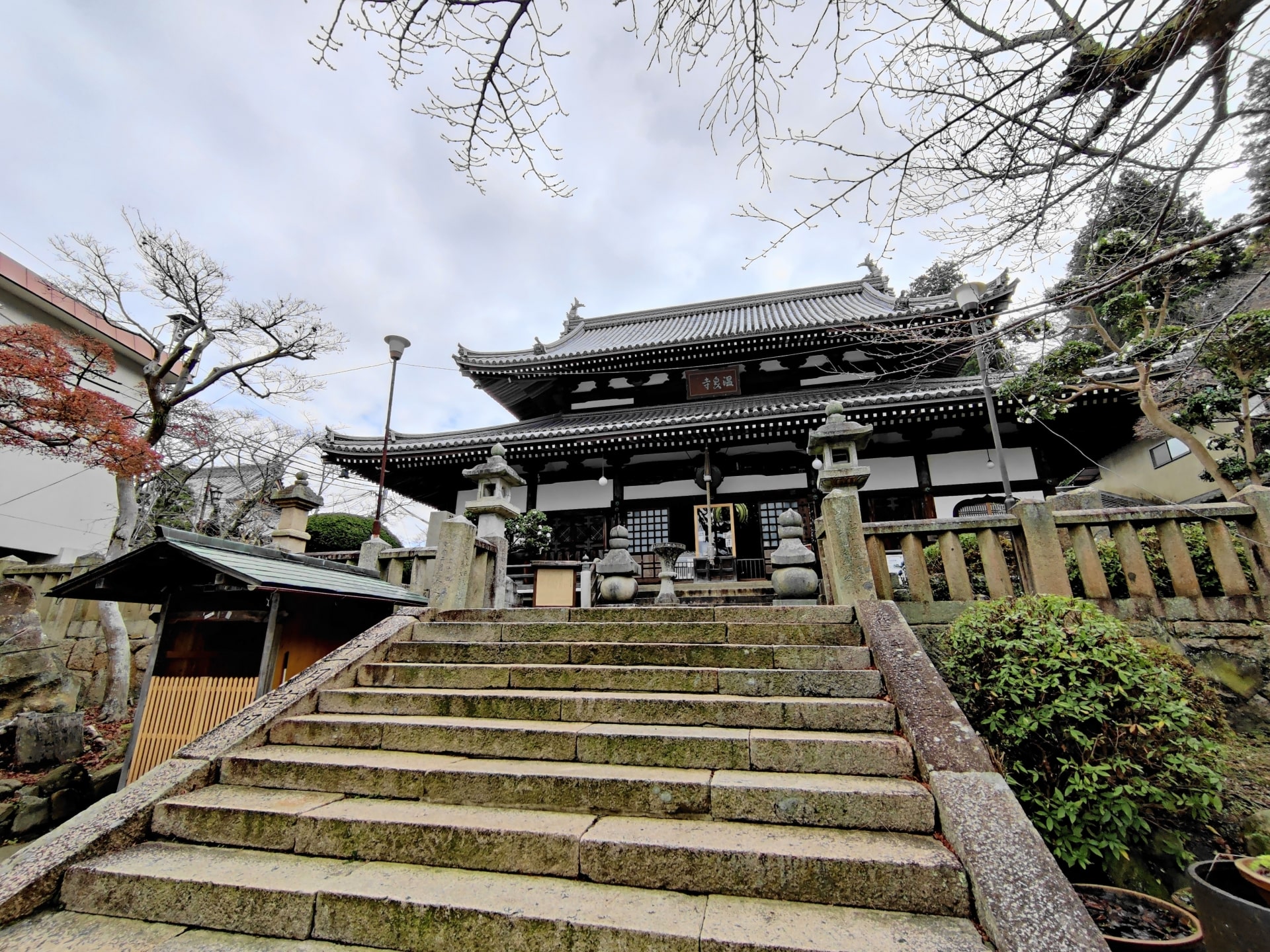 Onsenji (温泉寺) is the oldest temple in the area, established in 724 by the founder of Arima Onsen. It enshrines the Yakushi Nyorai (Buddha of Medicine).
Onsenji (温泉寺) is the oldest temple in the area, established in 724 by the founder of Arima Onsen. It enshrines the Yakushi Nyorai (Buddha of Medicine).
The temple suffered destruction by fire in 1576 but was promptly rebuilt. It experienced another fire, leading to the construction of the current Yakushi Hall in 1582.
Onsenji Temple houses many temple treasures, including an important cultural asset, the standing statue of Bishamonten. It also serves as the starting point for the annual “Onsen Nyuuishiki” ceremony, celebrating the hot springs.
Information
 Access Access |
9 minute walk from Arimaonsen Station (Kobe Dentetsu-Arima Line) |
|---|---|
 Official Website Official Website |
https://www.arima-onsen.com/pickup/47/515/ |
5. Arima Toys and Automata Museum
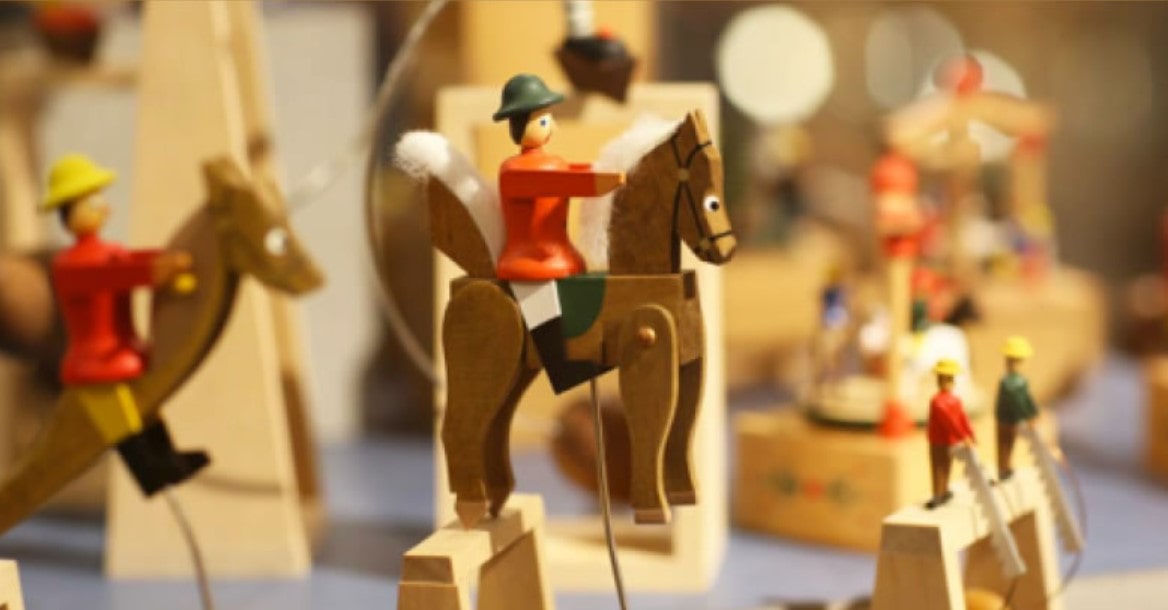
The Arima Toys and Automata Museum (有馬玩具博物館) is a unique museum dedicated to showcasing high-quality toys with rich creativity and design from both Japan and abroad.
The museum presents an enchanting world of toys and play for all ages. It houses around 4,000 items, displayed thematically across three floors. Visitors can interact with and enjoy wooden toys and games in the play space on the fifth floor. The collection includes traditional German toys, contemporary toys, modern automata with humorous movements, and popular 20th-century tin toy train models.
The museum encourages revisiting favorite toys throughout the day and aims to inspire a deeper appreciation for toys and play across generations.
Information
 Access Access |
6 minute walk from Arimaonsen Station (Kobe Dentetsu-Arima Line) |
|---|---|
 Official Website Official Website |
http://www.arima-toys.jp/en/ |
6. Zuihoji Park
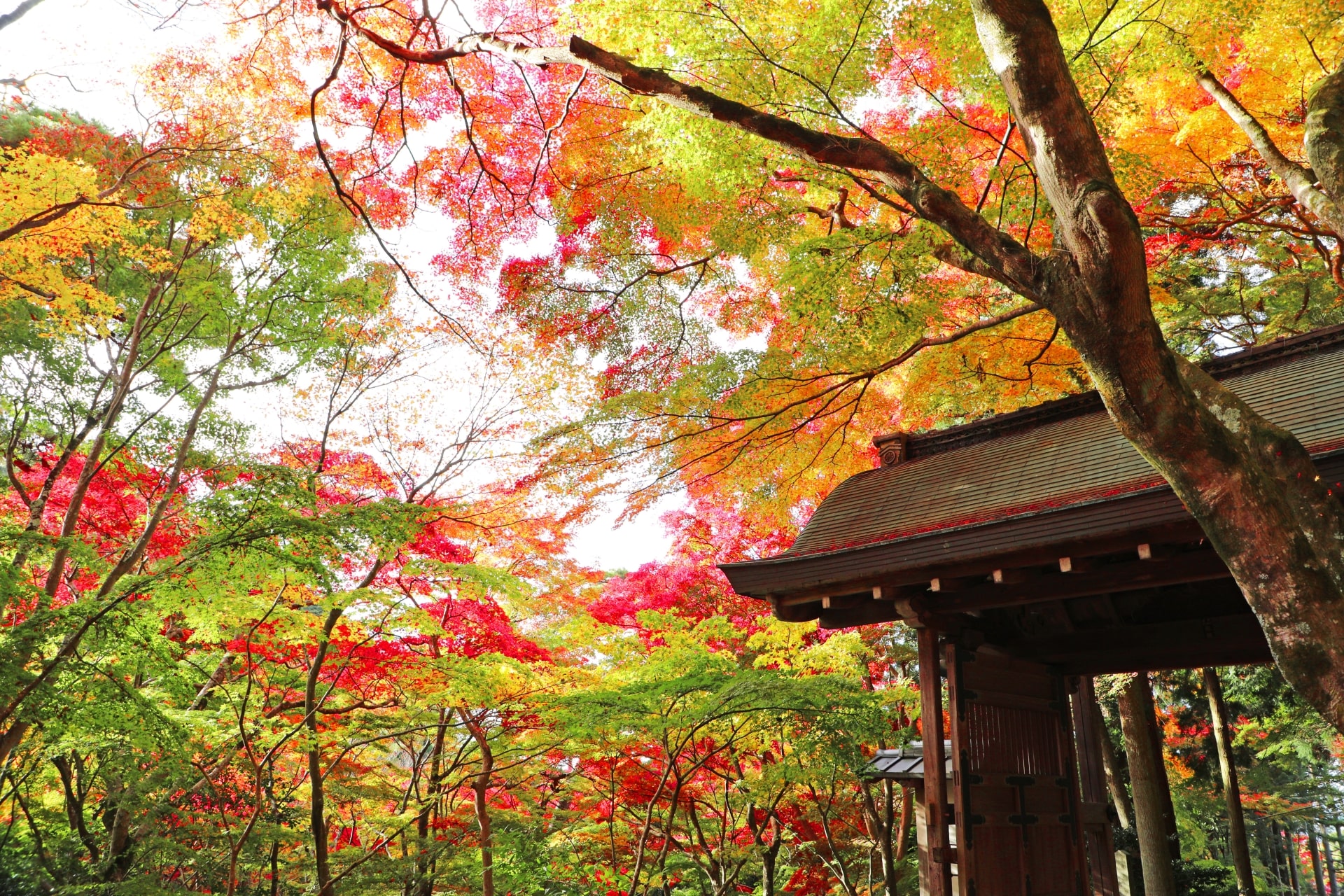 Zuihoji Park (瑞宝寺公園), renowned for its breathtaking scenery, is a site praised by Toyotomi Hideyoshi for its endless beauty, earning the nickname “Garden of the Daylong Stay”.
Zuihoji Park (瑞宝寺公園), renowned for its breathtaking scenery, is a site praised by Toyotomi Hideyoshi for its endless beauty, earning the nickname “Garden of the Daylong Stay”.
The park features a stone Go board, said to have been used by Hideyoshi, and the main gate of the old Zuihoji Temple relocated from Fushimi Castle. It is famous for its spectacular autumn foliage, with about 2,500 maple trees turning vibrant red, making it one of the best spots for fall colors in the Kansai region.
Additionally, it’s listed among Kobe City’s “Top 50 Flower Sites” for its beautiful cherry blossoms in spring. A highlight during the autumn season is the Momiji Chaya (もみじ茶屋), a seasonal tea house under Japanese red umbrellas, where visitors can enjoy traditional Japanese treats while admiring the stunning autumnal landscape.
Information
 Access Access |
20 minute walk from Arimaonsen Station (Kobe Dentetsu-Arima Line) |
|---|---|
 Official Website Official Website |
https://www.arima-onsen.com/pickup/37/1240/ |
7. Taiko no Yu museum
The Taiko no Yu museum (太閤の湯殿館) is a fascinating historical site that showcases the deep history and culture of the beloved hot springs by Toyotomi Hideyoshi. It is located in the heart of the temple district, surrounded by Onsenji Temple, Nenbutsuji Temple, and Yuzen Shrine, with Gokurakuji Temple nearby.
This museum was established following the discovery of remnants from the 1995 Great Hanshin Earthquake. Archaeologists unearthed parts of the “Yuyama Palace,” believed to have been commissioned by Hideyoshi, including a bath, garden ruins, tiles, and tea utensils that had lain hidden for 400 years.
Information
 Access Access |
10 minute walk from Arimaonsen Station (Kobe Dentetsu-Arima Line) |
|---|---|
 Official Website Official Website |
https://arimaspa-kingin.jp/en-03.htm |
8. Tsuzumigataki Park
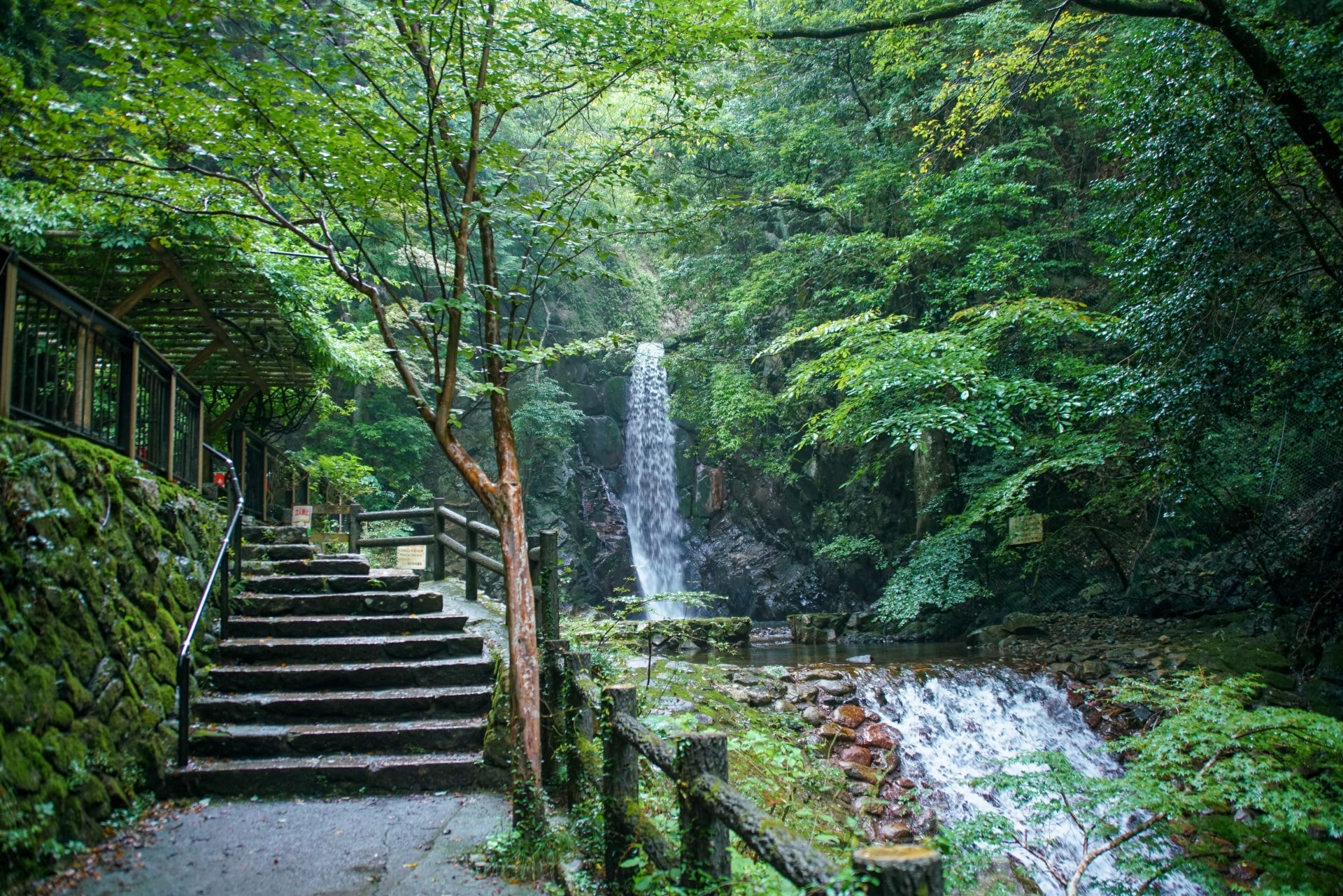 Tsuzumigataki Park (鼓ヶ滝公園) owes its name to a waterfall that once echoed like drumbeats.
Tsuzumigataki Park (鼓ヶ滝公園) owes its name to a waterfall that once echoed like drumbeats.
Part of the “Six Views of Arima,” the park features a striking two-tiered waterfall, which cascades from 8 meters and once sounded like a drum, though its flow and sound have since changed. This serene location is perfect for forest bathing, with Mount Rokko’s pristine waters flowing through it.
Visitors can enjoy the park year-round, with cherry blossoms in spring, vibrant fall colors, and the magical glow of fireflies and the soothing croaks of frogs in the summer, offering a peaceful retreat into nature’s rhythms.
Information
 Access Access |
20 minute walk from Arimaonsen Station (Kobe Dentetsu-Arima Line) |
|---|---|
 Official Website Official Website |
https://www.kobe-park.or.jp/kouen_keikaku/2018/11/05/%E9%BC%93%E3%83%B6%E6%BB%9D%E5%85%AC%E5%9C%92/ |
9. Arima Shopping Street
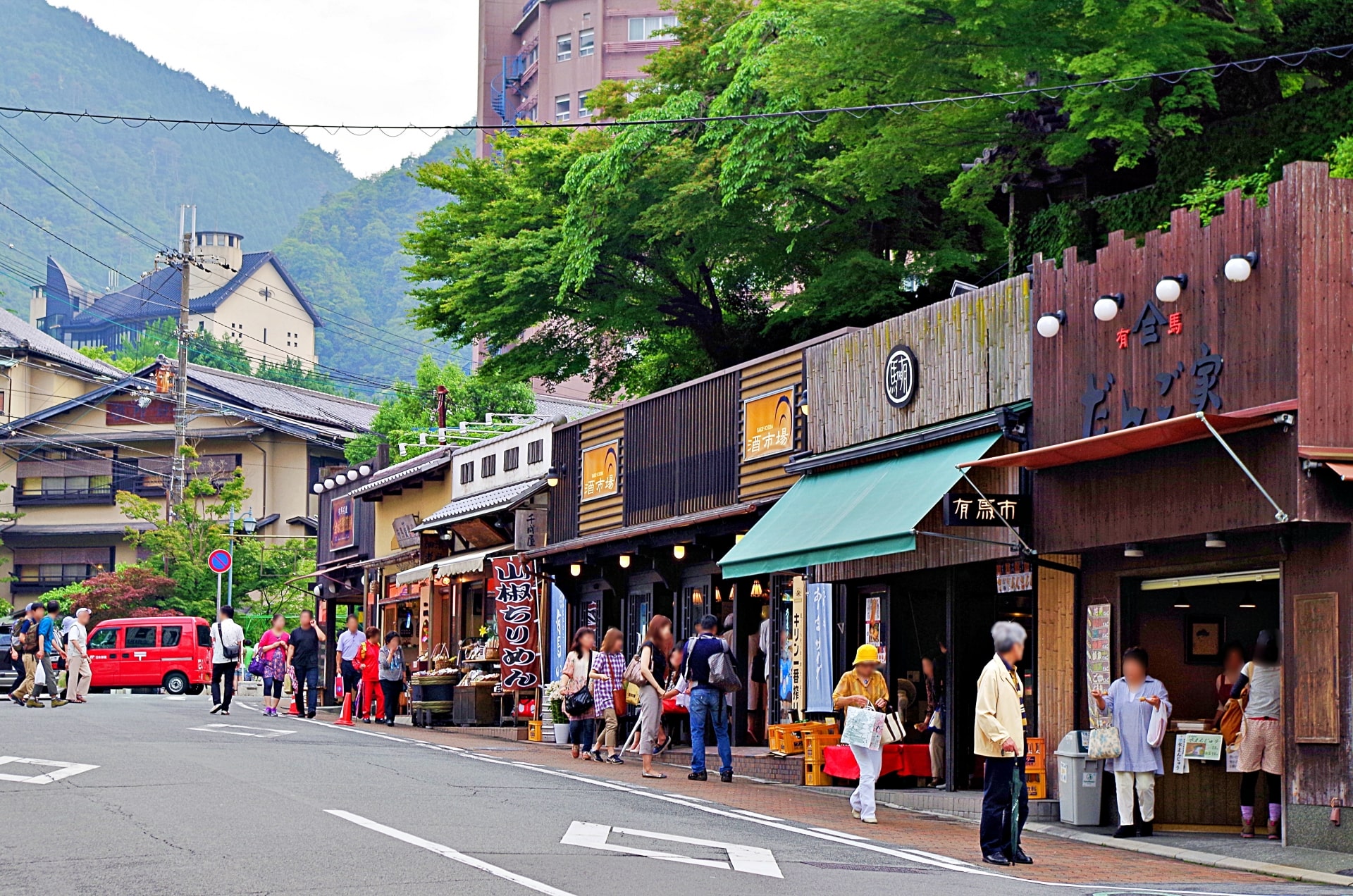 Arima Shopping Street (有馬商店街) offers a quaint and historic atmosphere, befitting one of Japan’s oldest hot springs. The main thoroughfare, Yumotozaka, is lined with traditional wooden buildings housing souvenir shops and restaurants, exuding a charming, old-world feel. The area, surrounded by Mount Rokko’s natural beauty, is known as “Kansai’s hidden retreat,” showcasing a serene, retro vibe ideal for leisurely walks, especially in a yukata.
Arima Shopping Street (有馬商店街) offers a quaint and historic atmosphere, befitting one of Japan’s oldest hot springs. The main thoroughfare, Yumotozaka, is lined with traditional wooden buildings housing souvenir shops and restaurants, exuding a charming, old-world feel. The area, surrounded by Mount Rokko’s natural beauty, is known as “Kansai’s hidden retreat,” showcasing a serene, retro vibe ideal for leisurely walks, especially in a yukata.
After enjoying the renowned hot springs, visitors can savor unique local sweets and gourmet dishes. The street, though home to many newer shops, maintains a stylish, Kobe-like elegance, appealing to a diverse range of visitors.
Information
 Access Access |
4 minute walk from Arimaonsen Station (Kobe Dentetsu-Arima Line) |
|---|---|
 Official Website Official Website |
https://www.arima-onsen.com/pickup/51/1366/ |
10. Arima Masu Ike
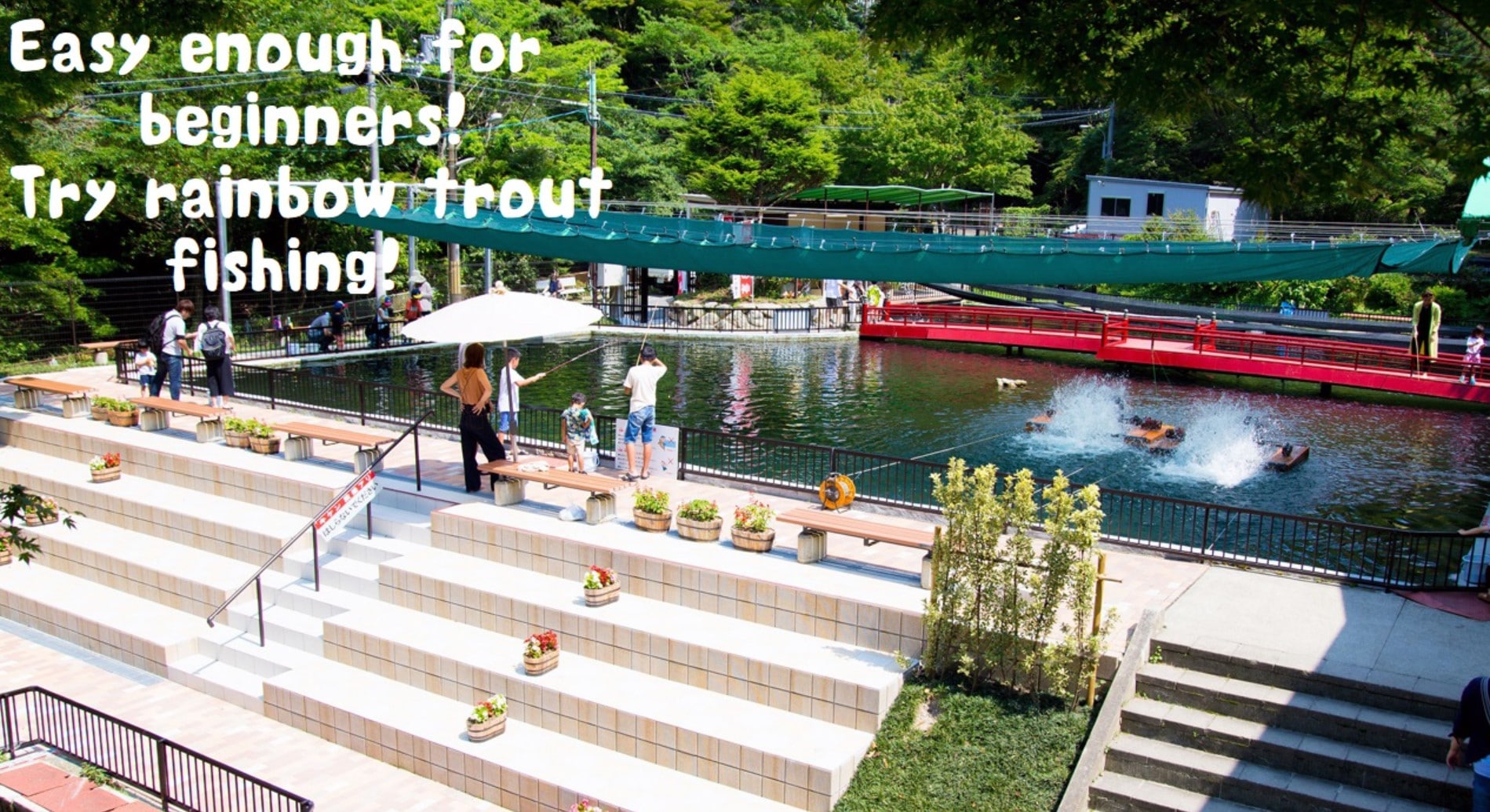
Lastly on our list is the Arima Masu Ike (有馬ます池). This is a delightful fishing spot where visitors can easily enjoy rainbow trout (young masu) fishing without needing any equipment.
This clear, high-quality fishing pond uses the pristine waters from Takigawa, flowing from Mount Rokko. The pond’s rainbow trouts are eager feeders, making it simple and enjoyable for everyone, from children to adults, to try their hand at fishing.
Additionally, the pond operates in conjunction with an on-site restaurant, “Masu no Chaya,” where visitors can savor their freshly caught trout as delicious fried dishes.
Information
 Access Access |
18 minute walk from Arimaonsen Station (Kobe Dentetsu-Arima Line) |
|---|---|
 Official Website Official Website |
https://www.shintetsu.co.jp/kanko/masuike/ |
3 Best Onsen Ryokan in Arima Onsen
As I mentioned, this historic hot spring town is cherished for its unique springs. Visitors can enjoy these at two public baths or ryokans and the Arima Onsen Taiko no Yu hot spring theme park with 24 different baths. Arima Onsen is enjoyable for a day trip but truly warrants an overnight stay. Here are some great options for staying at Arima Onsen.
Arima Zuihoen
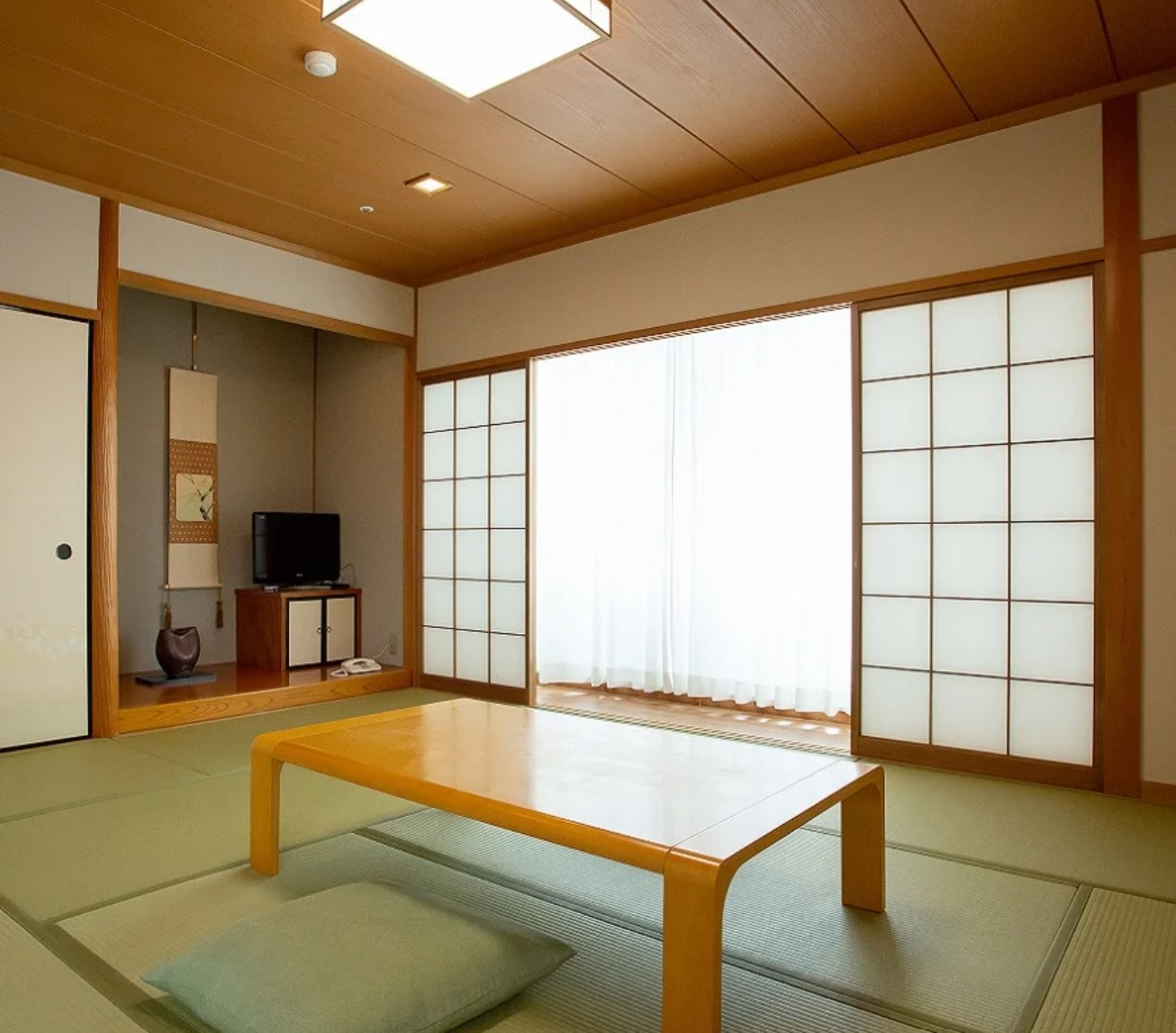
Arima Zuihoen (有馬瑞宝園), located near Zuihoji Park at the base of Mount Rokko, is a serene ryokan ideal for those seeking peace and relaxation amidst nature.
It features a spacious public bath with rejuvenating “Ginsen” (Silver Spring) outdoor baths, a sauna, and massage showers, perfect for unwinding.
The ryokan is also celebrated for its gourmet cuisine, including Kobe beef shabu-shabu. With its luxurious baths and diverse amenities, Arima Zuihoen offers a tranquil retreat with a blend of traditional hospitality and modern comfort.
<<Book “Arima Zuihoen” at the best price!!>>
Information
 Access Access |
15 minute walk from Arimaonsen Station (Kobe Dentetsu-Arima Line) |
|---|---|
 Official Website Official Website |
https://www.zuihouen.net/ |
Ryokan Arima Gyoen
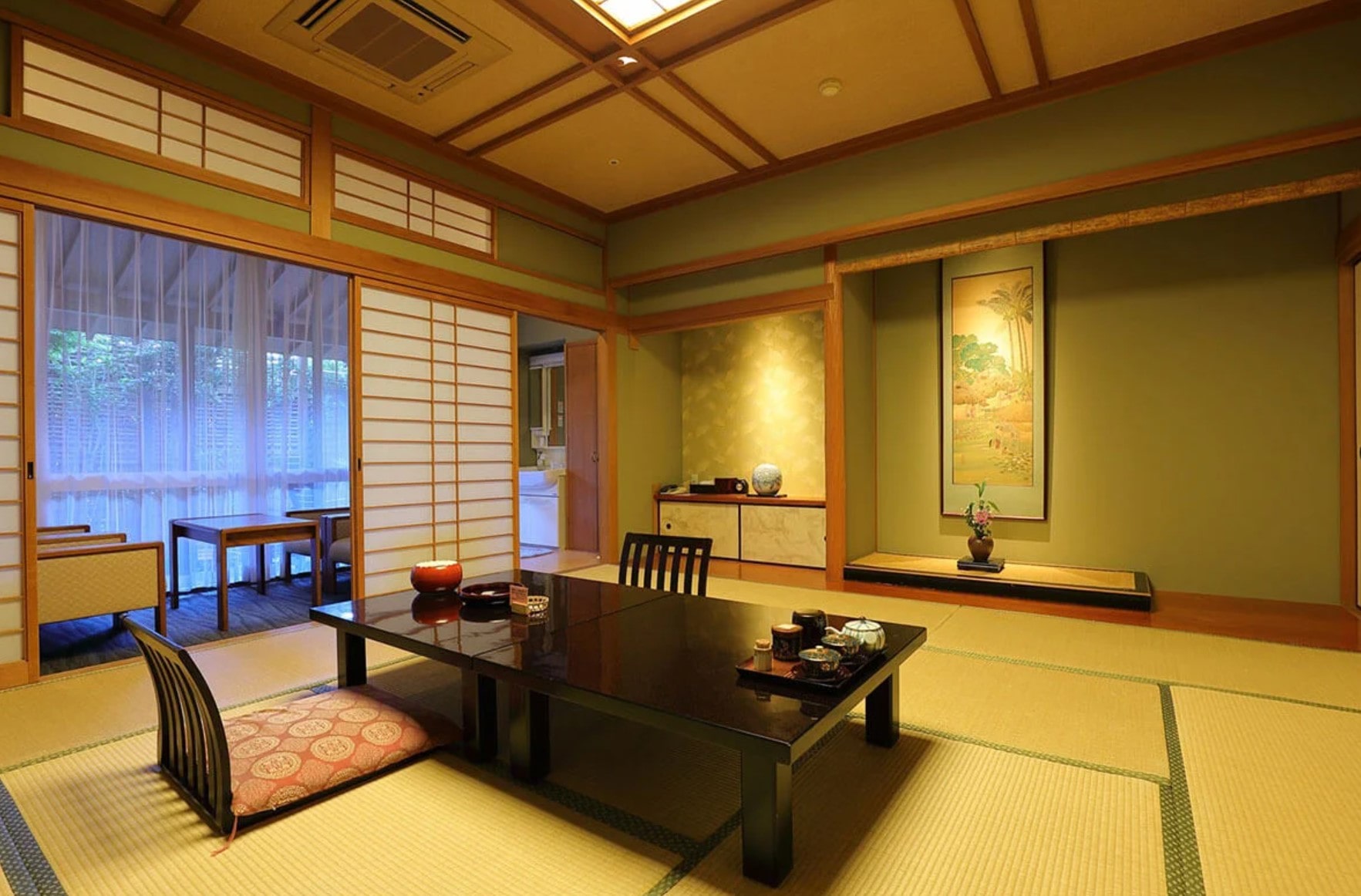
Ryokan Arima Gyoen (有馬御苑), conveniently situated just a three-minute walk from Arima Onsen Station and near the town center, is renowned due to guests being able to indulge in both the rich “Kinsen”, drawn directly from the source and the rejuvenating “Ginsen”.
Comprising the main building, an annex, and the Fuyou Sansou, the latter offers rooms with private outdoor baths featuring “Ginsen”. Additionally, the ryokan provides the luxury of in-room dining for individual guests, blending traditional hospitality with the unique hot spring experience of Arima Onsen.
The Ryokan is also well-known for its focus on Kobe beef in its menu.
<<Book “Ryokan Arima Gyoen” at the best price!!>>
Information
 Access Access |
3 minute walk from Arimaonsen Station (Kobe Dentetsu-Arima Line) |
|---|---|
 Official Website Official Website |
https://www.arima-gyoen.co.jp/ |
Negiya Traditional Japanese Spa Ryokan
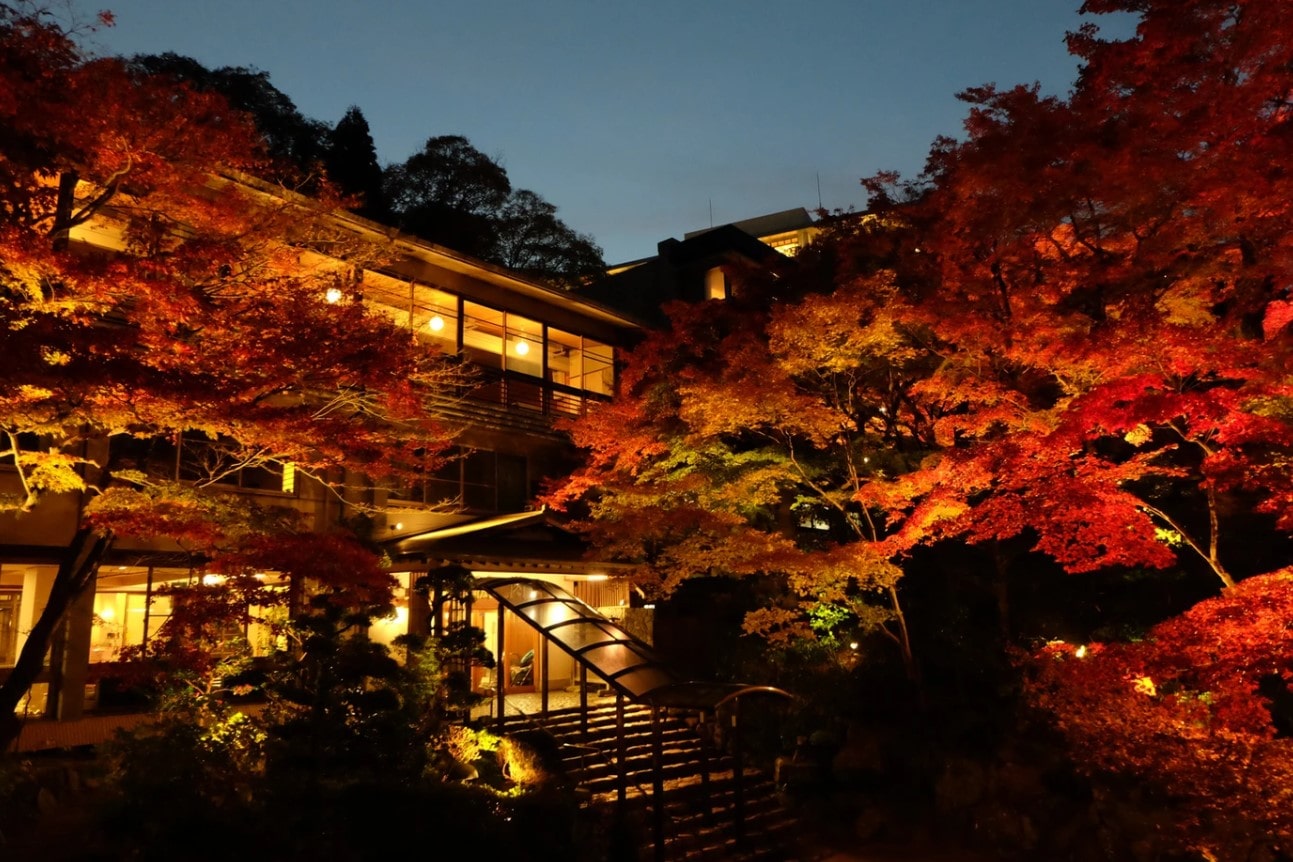
Negiya Traditional Japanese Spa Ryokan (ねぎや陵楓閣) has a history that dates back to the early Edo period.
Surrounded by serene forests, Negiya offers a tranquil retreat, aptly described as “Arima’s secluded haven”. This ryokan is renowned for its exceptional kaiseki cuisine, featuring fresh fish and vegetables personally sourced by the owner from the Kobe Central Wholesale Market.
Guests can savor these seasonal delicacies in the comfort and privacy of their rooms, enjoying a blend of traditional hospitality and culinary excellence in a peaceful, natural setting.
<<Book “Negiya Traditional Japanese Spa Ryokan” at the best price!!>>
Information
 Access Access |
9 minute walk from Arimaonsen Station (Kobe Dentetsu-Arima Line) |
|---|---|
 Official Website Official Website |
https://www.negiya.jp/ |
How to Get to Arima Onsen
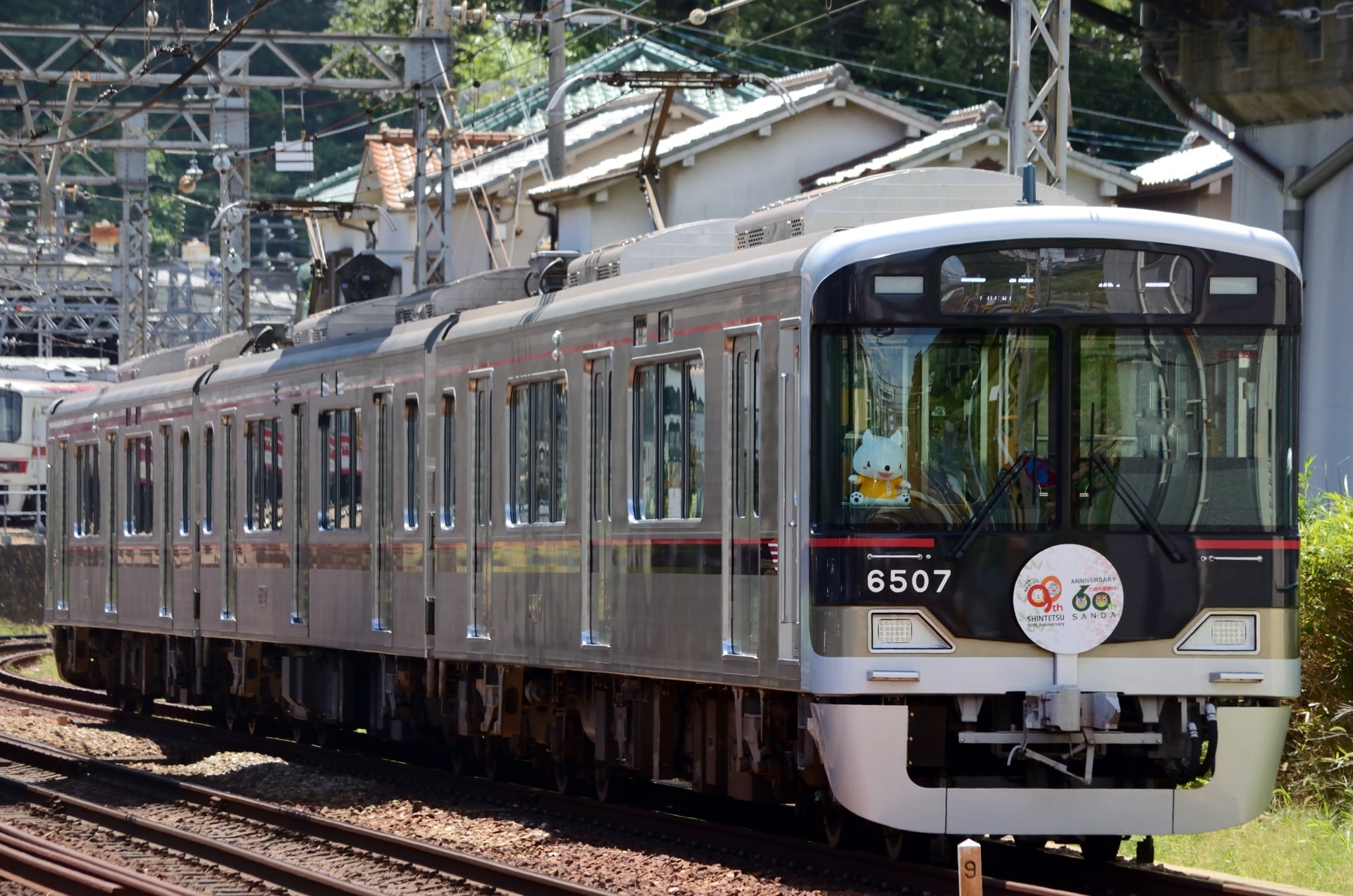
Arima Onsen is conveniently accessible from the center of Kobe City, with a travel time of approximately 30 to 45 minutes by public transport or car. It’s also easily reachable from Osaka, taking about 60 minutes by bus (Hankyu Expressway bus).
If you want to take the train from Kobe:
- first take the “JR Kobe Line” to Sannomiya Station.
- From there, walk to the Kobe City Subway Sannomiya Station and take the “Seishin-Yamate Line” to Tanigami Station.
- Change trains to “Kobe Dentetsu-Arima Line (Semi-express)” to Arimaguchi Station.
- Change trains to “Kobe Dentetsu-Arima Line (Local)” to Arima Onsen Station.
If you want to take the train from Osaka, first take the “JR Kobe Line (Special Rapid Service)” to Sannomiya Station. From there, it is the same as the route from Kobe.
For those arriving at the Arima Onsen Station (Kobe Electric Railway), many ryokans and hotels in the area offer shuttle bus services.
The well-developed transportation network to this historically popular hot spring destination enhances its appeal, making it an ideal choice for both overnight stays and day trips. This ease of access adds to the allure of visiting Arima Onsen, allowing visitors to effortlessly enjoy its relaxing and rejuvenating hot springs.
▽Subscribe to our free news magazine!▽
For more information about Hyogo and its surrounding area, check these articles below, too!
▽Related Articles▽
▼Editor’s Picks▼
Written by
Born and raised in Costa Rica, I started living in Tokyo from college. I love traveling within Japan & around the world. Since I wasn’t born in Japan, I know the cultural impact that you can get when visiting Japan for the first time and what you might be worried about before your trip. And I’ve lived long enough to somewhat understand the nuances of the Japanese culture that make this country such an attractive place to visit. Hopefully I can provide to you both the information you’re looking for and the information you didn’t know you needed to know.





